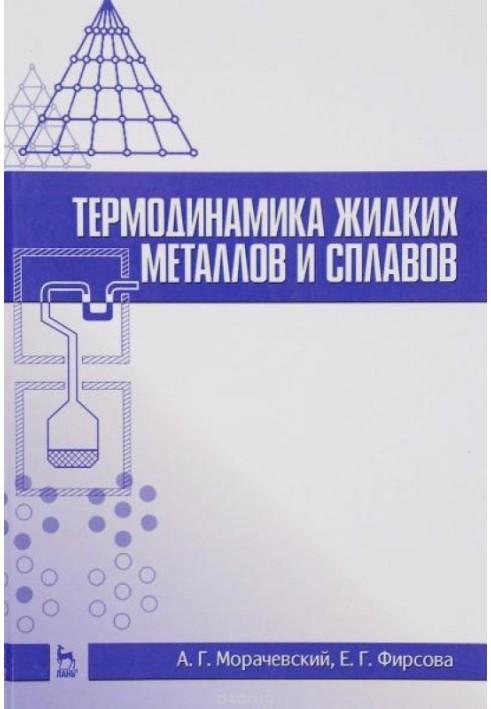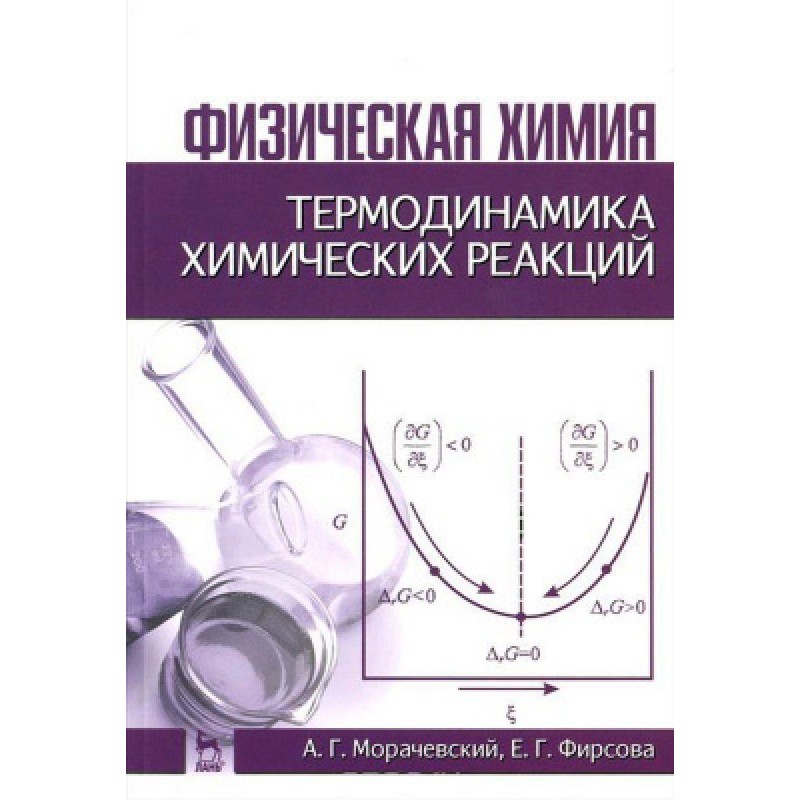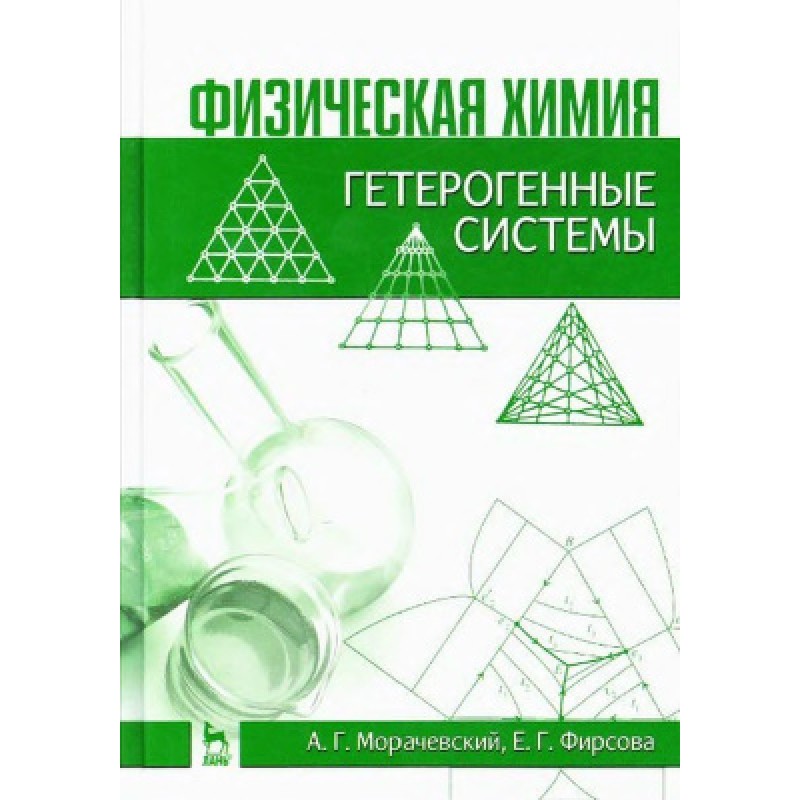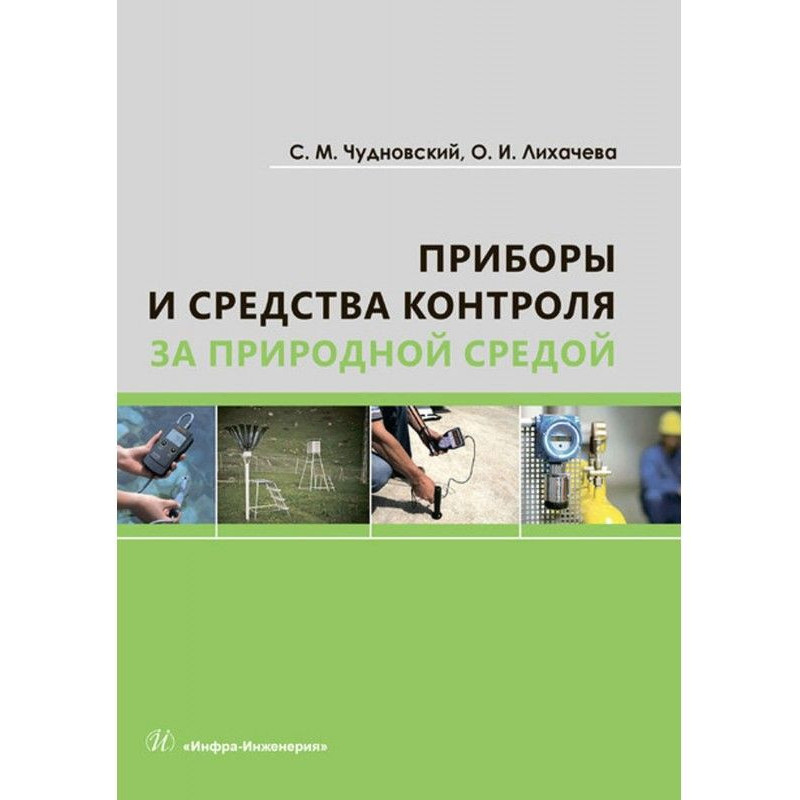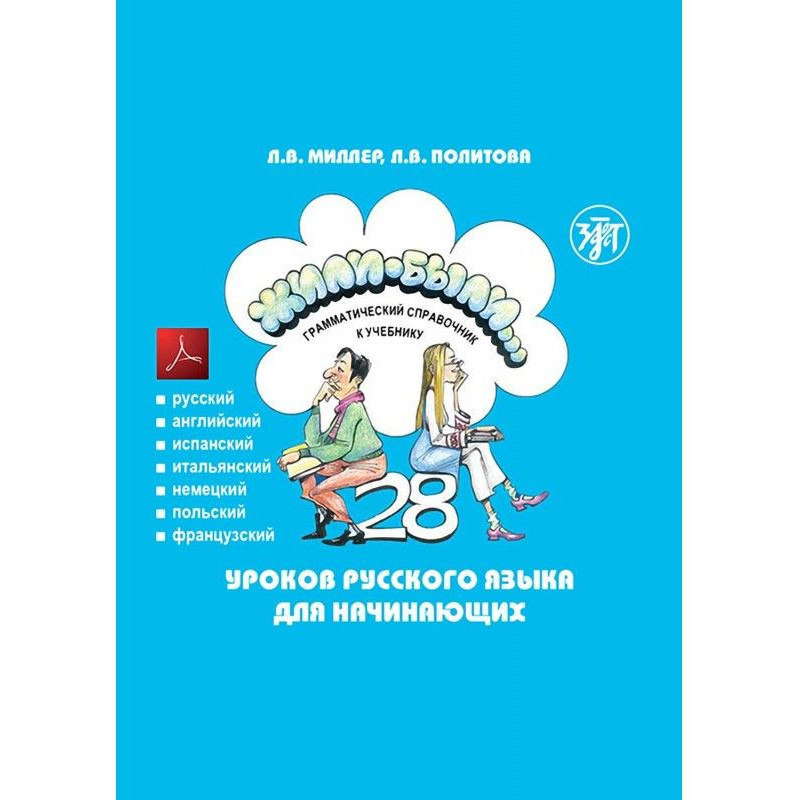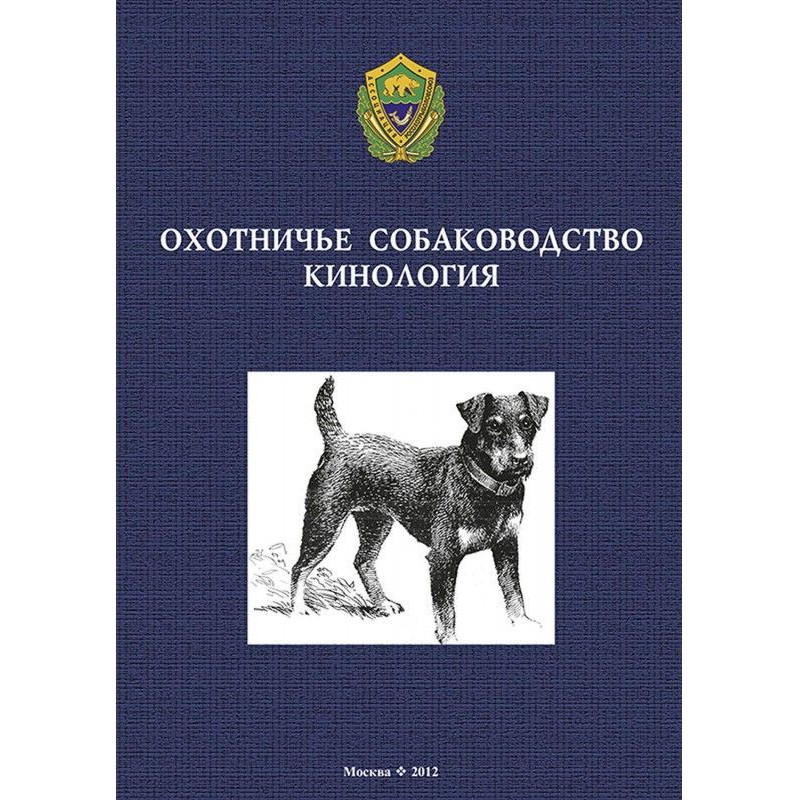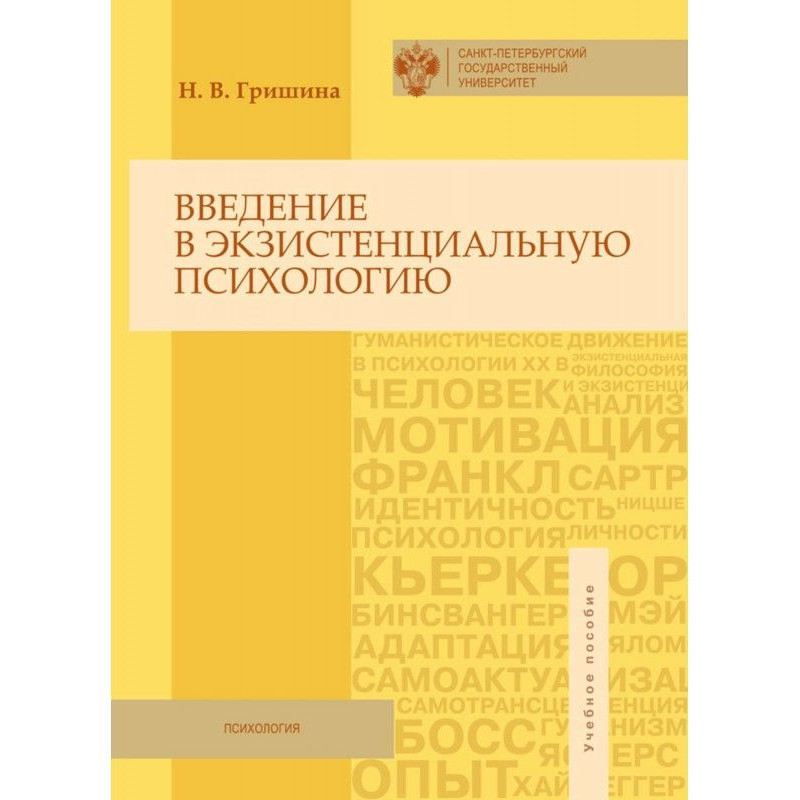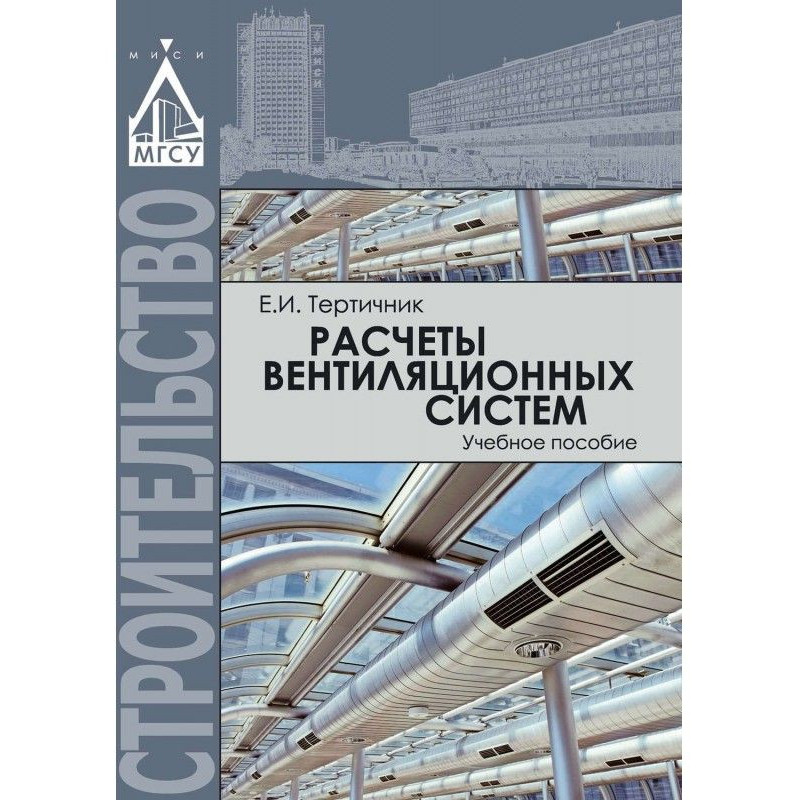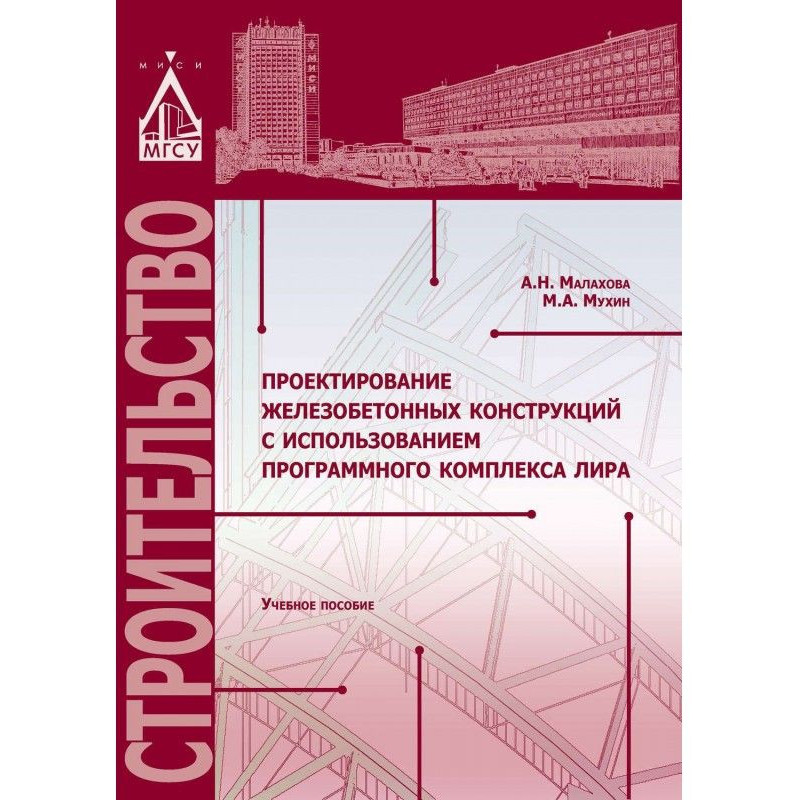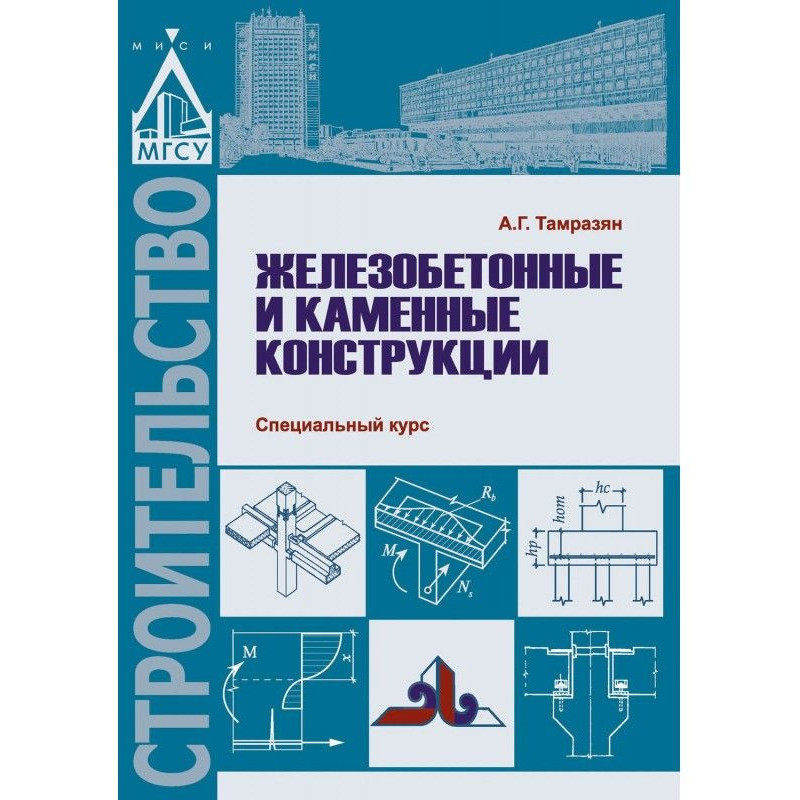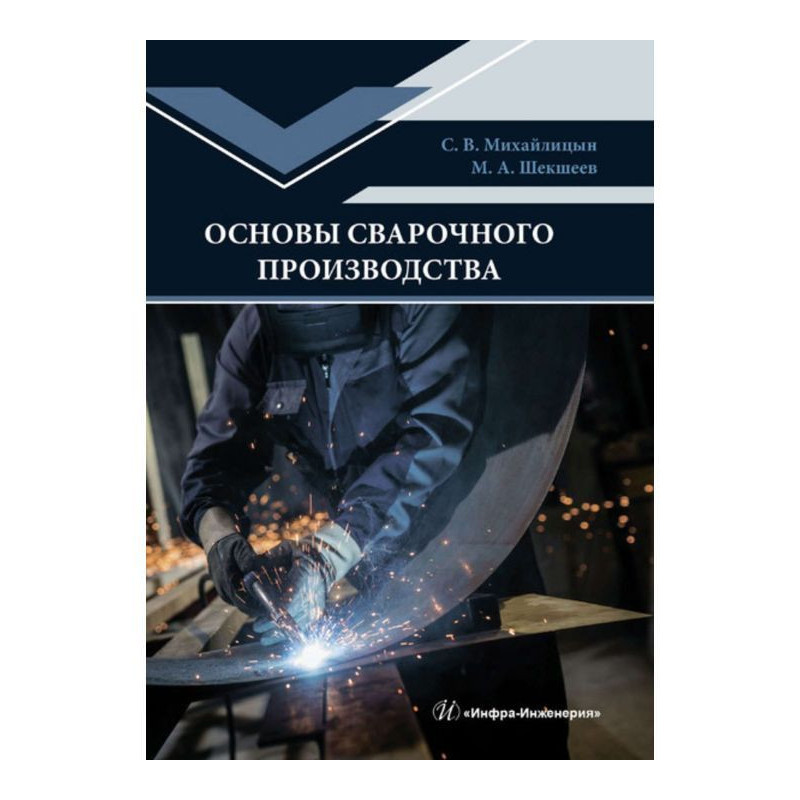Thermodynamics of liquid metals and alloys
 Instant download
Instant download
after payment (24/7)
 Wide range of formats
Wide range of formats
(for all gadgets)
 Full book
Full book
(including for Apple and Android)
The textbook outlines issues related to the thermodynamic description of one-, two- and three-component metal systems in the liquid state. The main methods for experimental research of the thermodynamic properties of liquid alloys are outlined. The structure and thermodynamic properties of individual liquid metals are considered. The relationship between the phase diagram and the thermodynamic properties in the liquid state of binary metal systems is discussed. Particular attention is paid to systems with the formation of intermetallic compounds, their structure and properties in the liquid phase. Methods for the analytical representation of the concentration dependence of thermodynamic functions in binary liquid metal systems are considered. The most common methods for calculating the thermodynamic properties of liquid ternary metal systems based on data on boundary binary systems are described.
The textbook is intended for students of higher educational institutions studying in the master's program "Materials Science of Nanomaterials and Electronic Components" in the direction of master's training "Technical Physics". It can also be used when teaching students in the areas of training "Materials Science and Technology of Materials", "Metallurgy", in advanced training systems, in institutions of additional professional education.
Literature on thermodynamics, physical and colloid chemistry and related issues
Data sheet
- Name of the Author
- Андрей Морачевский Георгиевич
- Language
- Russian
Reviews
Важливий посібник для студентів і фахівців у галузі матеріалознавства
Цей навчальний посібник є справжнім скарбом для всіх, хто цікавиться термодинамікою рідких металів та сплавів. Автор детально викладає складні концепції, пов'язані з термодинамічним описом металевих систем у рідкому стані, що робить матеріал доступним навіть для тих, хто тільки починає своє навчання в цій галузі. Особливо вражає структура книги: вона логічно побудована, що дозволяє читачеві легко слідкувати за розвитком теми. Пояснення методів експериментального дослідження термодинамічних властивостей рідких сплавів та зв'язок між фазовими діаграмами і термодинамічними властивостями є надзвичайно корисними для практичного застосування знань. Книга також містить багато корисних прикладів і ілюстрацій, які допомагають краще зрозуміти матеріал. Я б рекомендував цей посібник не лише студентам, а й професіоналам, які прагнуть поглибити свої знання в галузі матеріалознавства та металургії. Це дійсно важливе джерело інформації, яке стане в нагоді в навчанні та професійній діяльності.

